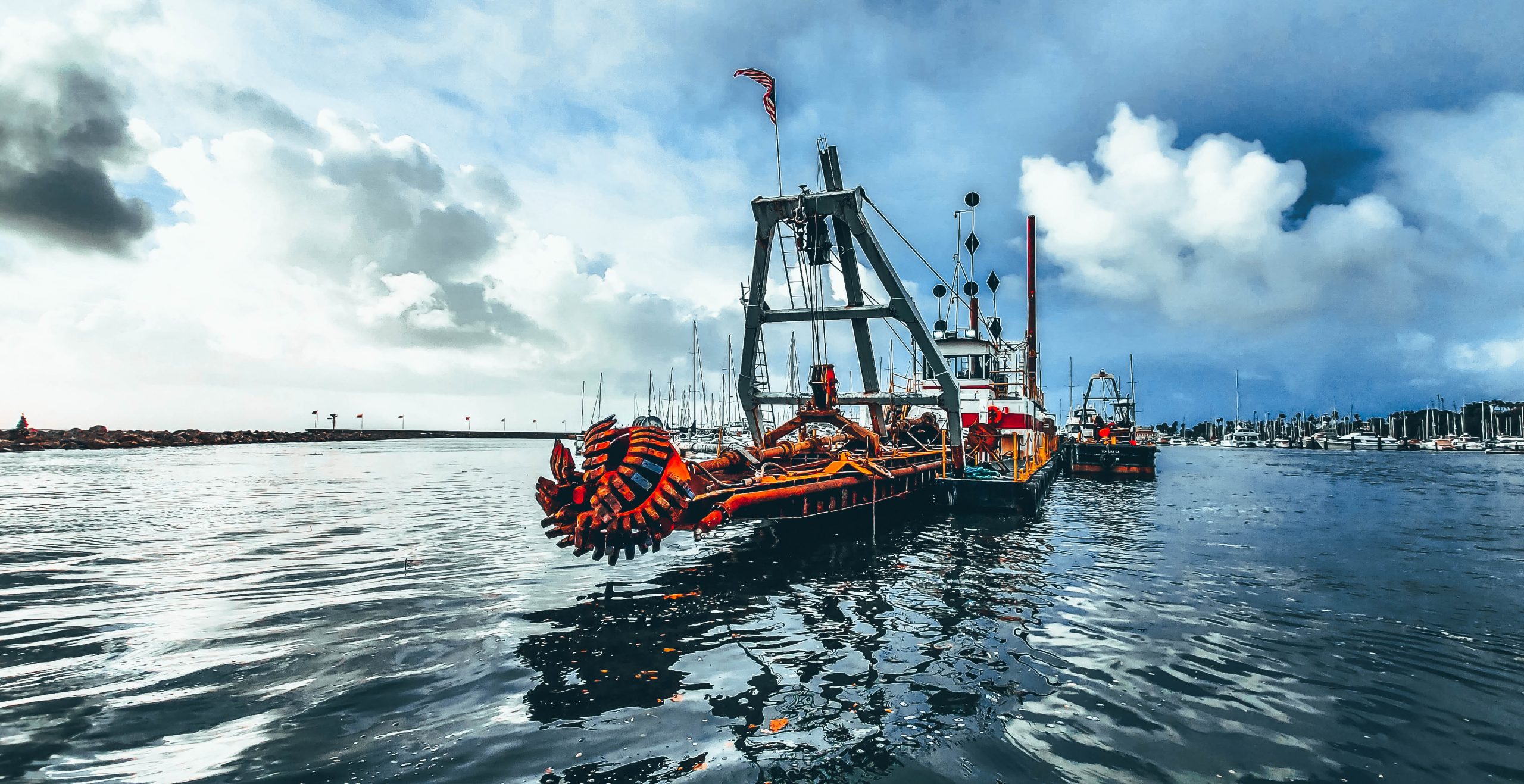Introduction
Ocean dredging is crucial in maintaining navigational channels, reclaiming land, and managing coastal erosion. One of the critical components in any ocean dredge project is the hydraulic dredge, which is instrumental in excavating and transporting sediments efficiently. Selecting the right hydraulic dredge for your ocean dredge project is a critical decision that can significantly impact the success and cost-effectiveness of the endeavor.
Factors to Consider
Project Requirements:
Begin by defining the specific requirements of your ocean dredge project. Consider the depth and type of material to be dredged, the distance over which sediment needs to be transported, and the desired production rate. Understanding these project-specific details will guide you in choosing a hydraulic dredge that aligns with your goals.
Dredge Type:
Hydraulic dredges come in various types, each designed for specific conditions. Cutter suction dredges, for example, are effective in more complex seabed materials, while plain suction dredges are suitable for softer sediments. The choice between these types depends on the nature of the ocean floor in your project area.
Dredge Size and Power:
The hydraulic dredge’s size and power should match your project’s scale. Larger dredges equipped with powerful pumps and engines are suitable for extensive and deep dredging projects, whereas smaller units may be more appropriate for shallower or more confined areas.
Mobility and Accessibility:
Assess the mobility of the hydraulic dredge, taking into account the geographical features of your project site. If the project requires moving the dredge between different locations, a dredge with good mobility, such as a self-propelled model, may be necessary. Additionally, consider the accessibility of the dredge to the project site, especially if there are limitations such as narrow channels or restricted entry points.
Environmental Considerations:
Evaluate the environmental impact of the hydraulic dredge. Opt for models with features that minimize sediment spillage, turbidity, and other potential environmental concerns. Compliance with environmental regulations and sustainable dredging practices is essential for the success and acceptance of the project.
Operational Efficiency:
Look for features that enhance operational efficiency, such as advanced dredge control systems, automation, and instrumentation. Efficient dredge operations contribute to faster completion times and reduced operational costs.
Maintenance and Support:
Consider the ease of maintenance and the availability of technical support. Choose a hydraulic dredge from a reputable manufacturer with a track record of providing reliable equipment and responsive customer support. Regular maintenance is crucial for the dredge’s longevity and reliability.
Conclusion
Choosing the best hydraulic dredge for an ocean dredge project requires a comprehensive understanding of project requirements, environmental considerations, and technical specifications. By carefully evaluating these factors, you can select a hydraulic dredge that meets your project goals and ensures efficiency, sustainability, and compliance with regulations. Investing time and effort in the selection process will contribute to the overall success of your ocean dredge project.
